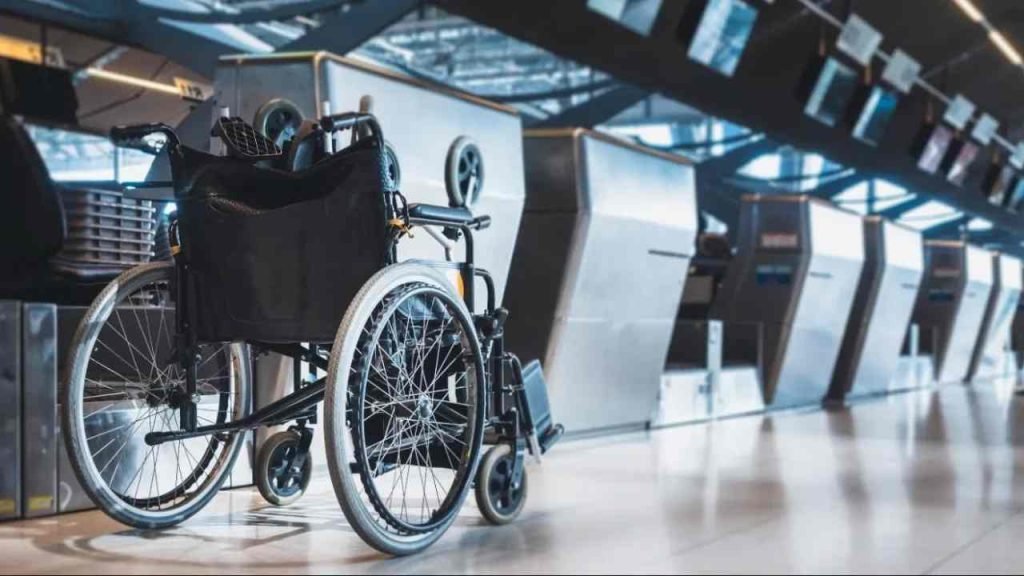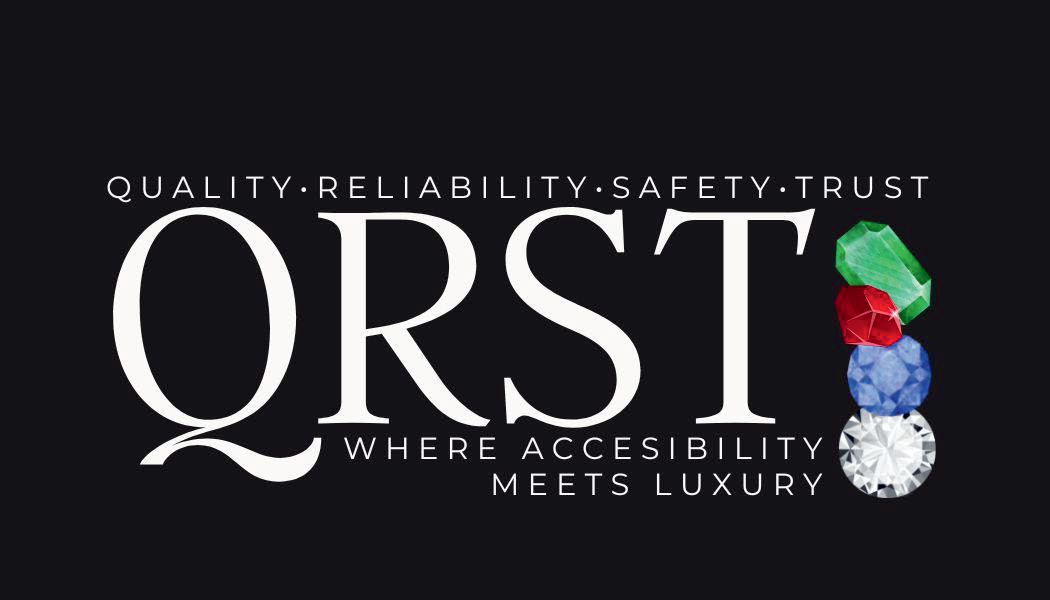Welcome to the realm of heightened sensitivity in wheelchair transportation services in Washington, where the focus extends beyond physical accessibility to the vital realm of customer service. In our exploration, “Training for Sensitivity in Washington: Improving Customer Service in Wheelchair Transportation,” we delve into the transformative power of empathy and understanding. Beyond the technicalities of wheelchair-accessible vehicles and with the help of QRST Wheelchair Transportation, this guide navigates the nuances of customer interactions, recognizing that a truly inclusive and respectful transportation experience goes hand-in-hand with sensitivity training.

From acknowledging individual needs to fostering open communication, join us on a journey where each roll of the wheels is accompanied by a commitment to elevating customer service, making wheelchair transportation in Washington not just accessible but deeply compassionate. As we navigate this path, we strive not only for accessibility but also for an experience that reflects the dignity and care every individual deserves.
The Importance of Sensitivity Training in Wheelchair Transportation
Embark on an exploration of why sensitivity training is integral to wheelchair transportation services in Washington. This section unveils the fundamental role of training programs in fostering an environment where service providers, including those involved in improving communication between clients and wheelchair transportation services, understand, respect, and cater to the unique needs and preferences of passengers. Sensitivity training lays the groundwork for a transformative shift from mere accessibility to an experience infused with empathy and understanding.
Acknowledging Individual Needs: A Foundation for Improved Service
Delve into the core principle of recognizing and acknowledging the individual needs of passengers in wheelchair transportation. Explore how this foundational aspect, including the benefits of door-to-door wheelchair transportation, creates a more personalized and respectful service, setting the stage for an improved customer experience that goes beyond standardized practices. Recognizing the unique advantages of door-to-door services ensures that each aspect of the journey is tailored to the specific needs of passengers, contributing to a more seamless and accommodating transportation experience overall.
Fostering Open Communication in Wheelchair Transportation Services
Navigate the significance of fostering open communication within wheelchair transportation services. This section explores how transparent and proactive communication, including considerations of Mobility as a Service (MaaS) in wheelchair transport, establishes trust, enhances customer satisfaction, and ensures that passengers’ concerns and preferences are effectively addressed throughout their journey. Incorporating MaaS principles ensures that communication is not only transparent but also aligned with the broader framework of accessible and seamless mobility.

Empathy in Action: Navigating Customer Interactions with Sensitivity
Explore the practical application of empathy in customer interactions within wheelchair transportation services. Understand how sensitivity training translates into actions, fostering an environment where service providers navigate interactions with a deep understanding of passengers’ emotions, concerns, and unique circumstances.
Beyond Accessibility: Elevating the Customer Service Experience
Shift the focus beyond mere accessibility to elevate the overall customer service experience. Delve into how sensitivity training enables service providers to offer not just physical assistance but a holistic and compassionate experience, making every journey a positive and dignified one for passengers.
Understanding the Emotional Terrain of Wheelchair Transportation
Uncover the emotional aspects inherent in wheelchair transportation services. This section delves into the emotional terrain passengers navigate, emphasizing the role of sensitivity training in equipping service providers to handle these nuances with care, empathy, and a focus on passengers’ emotional well-being.

Implementing Cultural Sensitivity in Customer Service Training
Examine the incorporation of cultural sensitivity into customer service training for wheelchair transportation. Understand how a culturally aware approach enhances service providers’ ability to cater to diverse backgrounds, ensuring that the customer service experience is respectful and inclusive.
Tailoring Services to Diverse Customer Preferences and Expectations
Explore the importance of tailoring services to accommodate the diverse preferences and expectations of customers. This section delves into how sensitivity training empowers service providers to understand and adapt to individual preferences, creating a more customized and satisfactory experience for passengers.
The Role of Clear Communication in Enhancing Customer Experience
Navigate the critical role of clear communication in enhancing the overall customer experience. Understand how sensitivity training emphasizes effective communication strategies, ensuring that information is conveyed transparently and comprehensively to passengers, fostering a positive and informed journey.
Building Trust through Sensitivity: A Cornerstone in Transportation
Delve into the foundational role of trust-building in wheelchair transportation services. Explore how sensitivity training contributes to establishing trust between service providers and passengers, creating an environment where individuals feel secure, valued, and confident in the services provided.
Measuring Success: Assessing the Impact of Sensitivity Training on Customer Satisfaction
Conclude the exploration by examining how success is measured in wheelchair transportation services with a focus on customer satisfaction. Understand the methodologies and metrics used to assess the impact of sensitivity training, ensuring that continuous improvement remains a central tenet in providing exemplary customer service in Washington’s wheelchair transportation landscape.
Conclusion:
In the vibrant landscape of wheelchair transportation services in Washington, the journey toward improved customer service through sensitivity training concludes with a resounding commitment to elevating the passenger experience. By recognizing and addressing individual needs, fostering open communication, and infusing empathy into every interaction, sensitivity training becomes the cornerstone of a transformative paradigm. Going beyond mere accessibility, the focus on tailoring services, understanding the emotional terrain, and incorporating cultural sensitivity ensures a service that is not only respectful but deeply compassionate. The success of this approach is measured in the building of trust, where passengers feel secure and valued. As we navigate the intricate realms of customer satisfaction, the impact of sensitivity training resonates, promising a future where wheelchair transportation in Washington is synonymous with dignity, respect, and a truly exceptional journey for every passenger.
FAQs:
Why is sensitivity training crucial in wheelchair transportation services in Washington?
Sensitivity training is essential to ensure service providers understand and cater to the unique needs and preferences of passengers, fostering a more empathetic and inclusive environment.
2. How does acknowledging individual needs contribute to improved customer service?
Acknowledging individual needs creates a foundation for personalized and respectful service, enhancing the overall customer experience in wheelchair transportation.
3. What role does open communication play in wheelchair transportation services?
Open communication establishes trust, enhances customer satisfaction, and ensures passengers’ concerns and preferences are effectively addressed throughout their journey.
4. How does sensitivity training contribute to navigating customer interactions with empathy?
Sensitivity training translates into actions, enabling service providers to navigate interactions with a deep understanding of passengers’ emotions, concerns, and unique circumstances.
5. Beyond accessibility, how does sensitivity training elevate the overall customer service experience?
Sensitivity training goes beyond accessibility to create a more holistic and compassionate customer service experience, making every journey positive and dignified for passengers.
